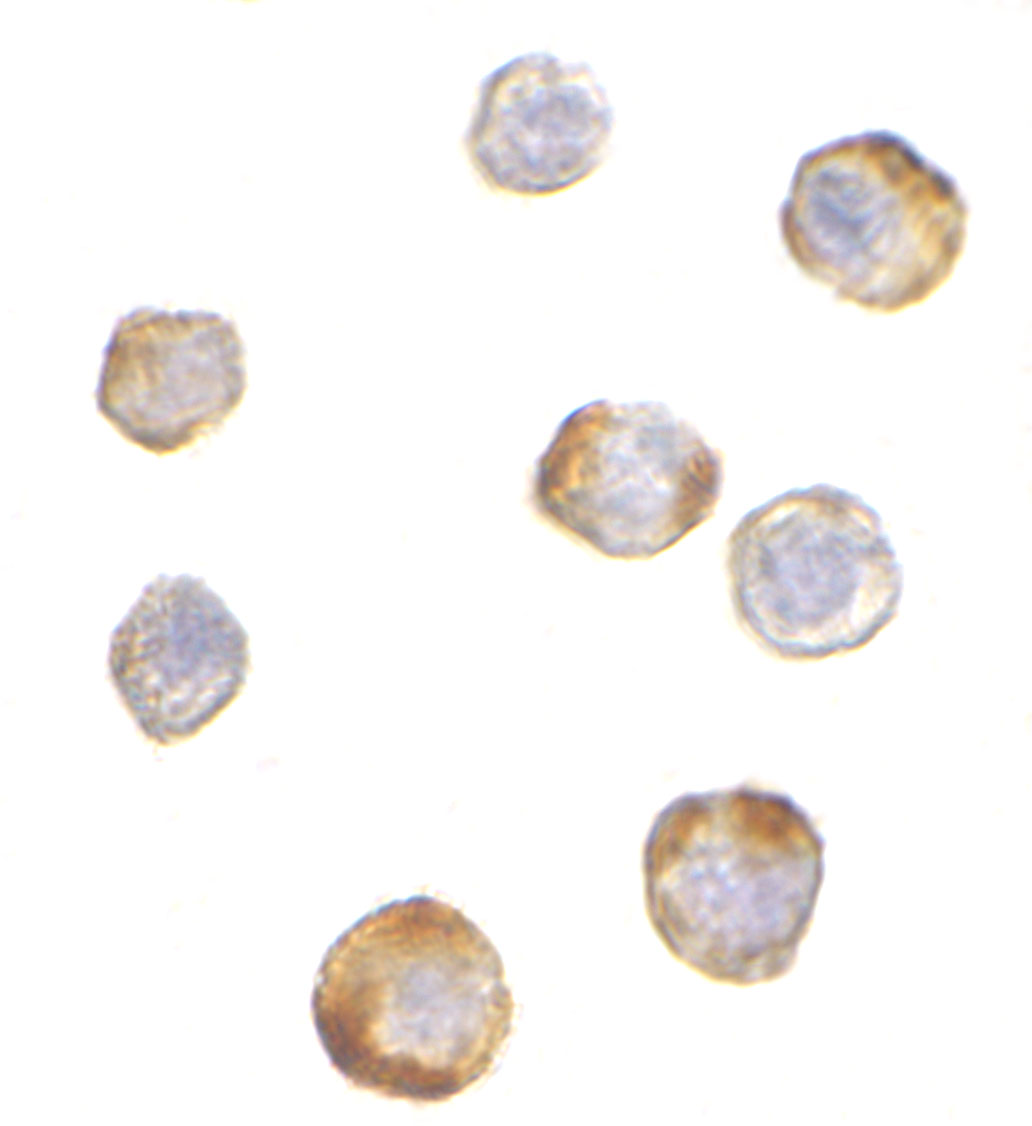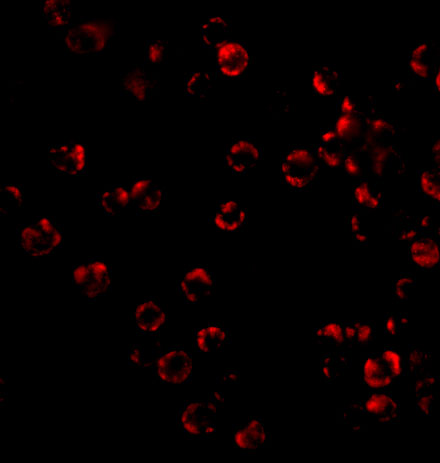TRIM25 Antibody
| Code | Size | Price |
|---|
| PSI-4317-0.02mg | 0.02mg | £150.00 |
Quantity:
| PSI-4317-0.1mg | 0.1mg | £449.00 |
Quantity:
Prices exclude any Taxes / VAT
Overview
Host Type: Rabbit
Antibody Isotype: IgG
Antibody Clonality: Polyclonal
Regulatory Status: RUO
Applications:
- Enzyme-Linked Immunosorbent Assay (ELISA)
- Immunofluorescence (IF)
- Immunohistochemistry (IHC)
- Western Blot (WB)
Images
Documents
Further Information
Additional Names:
TRIM25 Antibody: EFP, Z147, RNF147, ZNF147, EFP, Estrogen-responsive finger protein
Application Note:
TRIM25 antibody can be used for detection of TRIM25 by Western blot at 1 μg/mL. Antibody can also be used for immunocytochemistry starting at 5 μg/mL. For immunofluorescence start at 20 μg/mL.
Antibody validated: Western Blot in human samples; Immunocytochemistry in human samples and Immunofluorescence in human samples. All other applications and species not yet tested.
Antibody validated: Western Blot in human samples; Immunocytochemistry in human samples and Immunofluorescence in human samples. All other applications and species not yet tested.
Background:
TRIM25 Antibody: TRIM25, also known as estrogen responsive finger protein (EFP) is a member of the RING finger-B box-coiled coil family and is a downstream target of estrogen receptor a. Mice lacking this gene displayed an underdeveloped uterus and reduced estrogen responsiveness demonstrating that this protein is essential for estrogen dependent proliferation. TRIM25 expression is increased in breast carcinoma where it promotes the growth of breast tumor by functioning as an E3 ubiquitin ligase that targets the negative cell cycle checkpoint 14-3-3s. Recent reports have indicated that TRIM25 E3 ubiquitin ligase is essential for the retinoic-acid-inducible gene 1 (RIG-1) signaling pathway to elicit host antiviral innate immunity.
Background References:
- Inoue S, Orimo A, Hosoi T, et al. Genomic binding-site cloning reveals an estrogen-responsive gene that encodes a RING finger protein. Proc. Natl. Acad. Sci. USA1993; 11117-20.
- Orimo A, Inoue S, Minowa O, et al. Underdeveloped uterus and reduced estrogen responsiveness in mice with disruption of the estrogen-responsive finger protein gene, which is a direct target of estrogen receptor a. Proc. Natl. Acad. Sci. USA1999; 96:12027-32.
- Thomson SD, Ali S, Pickles L, et al. Analysis of estrogen-responsive finger protein expression in benign and malignant human breast. Int. J. Cancer2001; 91:152-8.
- Urano T, Saito T, Tsukui T, et al. Efp targets 14-3-3s for proteolysis and promotes breast tumour growth. Nature2002; 417:871-5.
Buffer:
TRIM25 Antibody is supplied in PBS containing 0.02% sodium azide.
Concentration:
1 mg/mL
Conjugate:
Unconjugated
DISCLAIMER:
Optimal dilutions/concentrations should be determined by the end user. The information provided is a guideline for product use. This product is for research use only.
Homology:
Predicted species reactivity based on immunogen sequence: Mouse: (80%)
Immunogen:
TRIM25 antibody was raised against a 15 amino acid synthetic peptide from near the amino terminus of human TRIM25.
The immunogen is located within amino acids 40 - 90 of TRIM25.
The immunogen is located within amino acids 40 - 90 of TRIM25.
NCBI Gene ID #:
7706
NCBI Official Name:
tripartite motif-containing 25
NCBI Official Symbol:
TRIM25
NCBI Organism:
Homo sapiens
Physical State:
Liquid
Protein Accession #:
NP_005073
Protein GI Number:
68160937
Purification:
TRIM25 Antibody is affinity chromatography purified via peptide column.
Research Area:
Homeostasis
Swissprot #:
Q14258
User NOte:
Optimal dilutions for each application to be determined by the researcher.
Related Products
| Product Name | Product Code | Supplier | TRIM25 Peptide | PSI-4317P | ProSci | Summary Details | |||||||||||||||||||||||||||||||||||||||||||||||||||||||||||||||||||||||||||||||||||||||||||||
|---|---|---|---|---|---|---|---|---|---|---|---|---|---|---|---|---|---|---|---|---|---|---|---|---|---|---|---|---|---|---|---|---|---|---|---|---|---|---|---|---|---|---|---|---|---|---|---|---|---|---|---|---|---|---|---|---|---|---|---|---|---|---|---|---|---|---|---|---|---|---|---|---|---|---|---|---|---|---|---|---|---|---|---|---|---|---|---|---|---|---|---|---|---|---|---|---|---|---|---|





